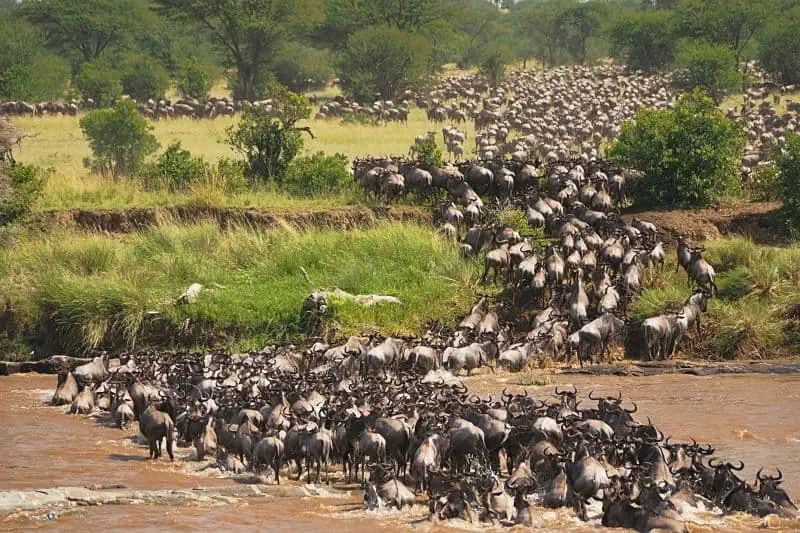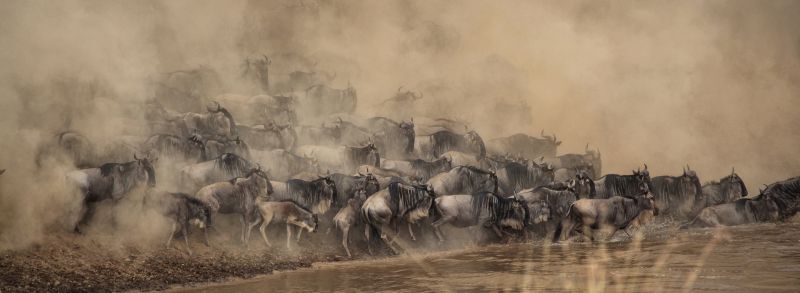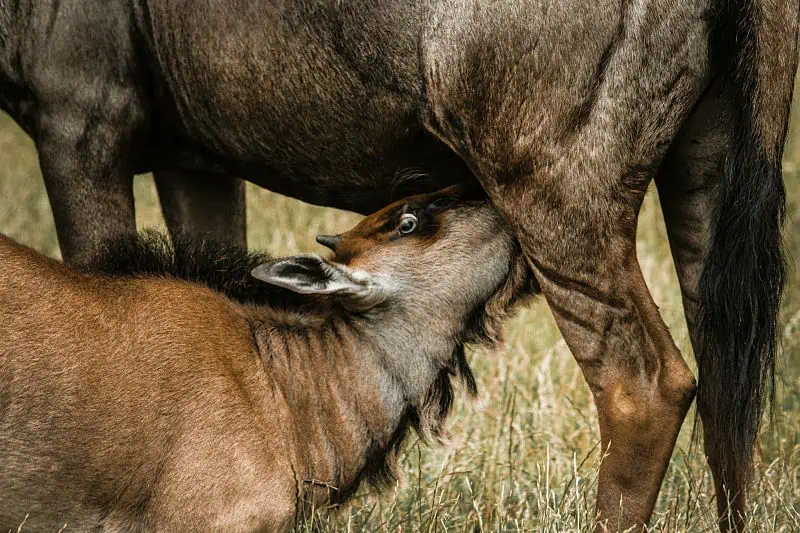The Serengeti Rules are a set of ecological principles that describe how nature regulates itself, based on the work of pioneering scientists in ecology and wildlife management. They were popularized by Sean B. Carroll in his book The Serengeti Rules: The Quest to Discover How Life Works and Why It Matters. These rules explain how populations, species interactions, and ecosystems are naturally controlled.
The case of the wildebeest in the Serengeti is a powerful example of ecological regulation, demonstrating how a single keystone species can influence an entire ecosystem. This story, as detailed in the book by Sean B. Carroll, illustrates the principles of trophic cascades, density-dependent regulation, and ecosystem self-restoration.
The Wildebeest and the Self-Restoring Serengeti
1. The Disruption: Rinderpest and Wildebeest Decline
In the late 19th and early 20th centuries, a viral disease called rinderpest was introduced to Africa via cattle brought by European settlers. This disease devastated wild ungulate populations, particularly the wildebeest (Connochaetes taurinus) and buffalo, causing a massive population crash.
With fewer herbivores grazing the grasslands, the ecosystem began to change:
- Grasses grew unchecked, leading to an accumulation of dry plant material.
- More frequent and intense fires spread across the Serengeti, destroying tree saplings and preventing forest regeneration.
- Fewer trees and shrubs meant less habitat for species like giraffes, elephants, birds, and insects, reducing overall biodiversity.
The Serengeti was shifting towards a fire-dominated, degraded ecosystem, with fewer trees and declining biodiversity.

2. The Turning Point: Rinderpest Eradication & Wildebeest Recovery
In the 1950s, efforts to eradicate rinderpest through vaccination programs were successful. Without the disease limiting their numbers, the wildebeest population rebounded, increasing from ~250,000 to 1.5 million by the 1970s.
This population boom set off a cascade of ecological changes:
- Increased grazing: With more wildebeest feeding on grasses, the accumulation of dry plant material decreased.
- Reduced fire frequency: Since grasses were being consumed before they could dry out, fewer fires occurred, allowing tree saplings to survive.
- Restored tree cover: With fewer fires, tree populations expanded, leading to greater vegetation diversity.

3. The Biodiversity Boom: More Trees, More Wildlife
As tree cover increased, the ecosystem restructured itself naturally:
- More trees provided food and habitat for species like giraffes, elephants, and birds.
- Dung from wildebeest fertilized the grasslands, making grasses more nutritious and supporting other herbivores like zebras and gazelles.
- Elephant populations grew, benefiting from the expanded woodlands.
- Dung beetles and other decomposers flourished, improving soil health and nutrient cycling.
- Predators like lions, hyenas, and cheetahs thrived as their prey populations increased.
Essentially, by restoring the natural grazing-fire balance, the entire Serengeti ecosystem healed itself, increasing biodiversity at all trophic levels.

4. Key Lessons from the Wildebeest Case
This case study demonstrates several ecological principles:
5. Implications for Conservation and Rewilding
This example has important lessons for modern conservation and rewilding:
Conclusion
The wildebeest recovery in the Serengeti is one of the greatest examples of nature’s resilience. By simply removing an unnatural disruption (rinderpest), a degraded landscape transformed back into a thriving, biodiverse ecosystem. This case reinforces the Serengeti Rules—that natural ecosystems are governed by fundamental regulatory mechanisms, and when those are restored, ecosystems can recover on their own.
Featured image: Piotr Usewicz/Unsplash



